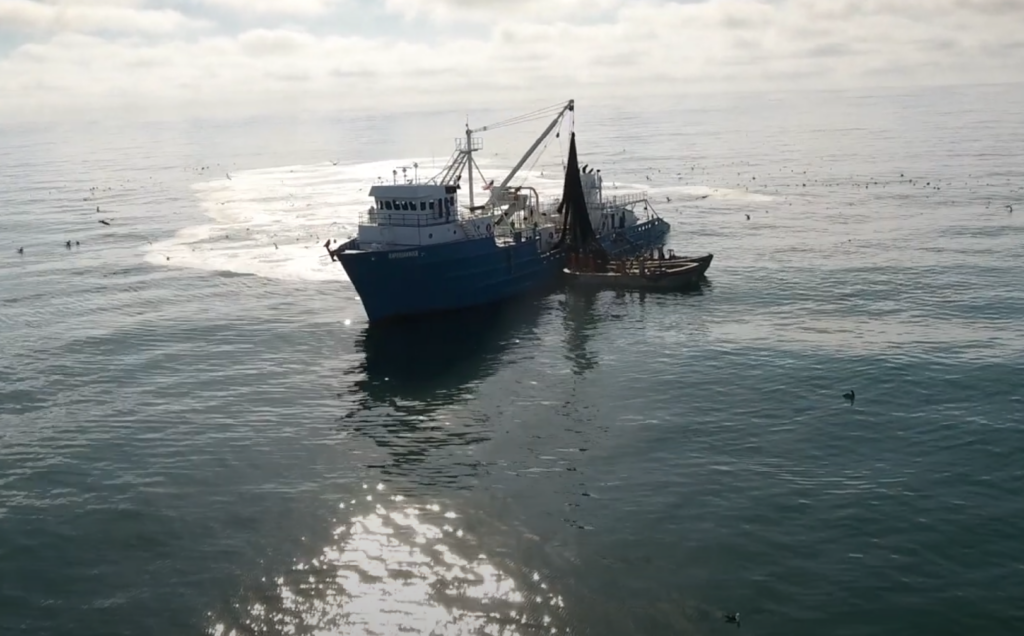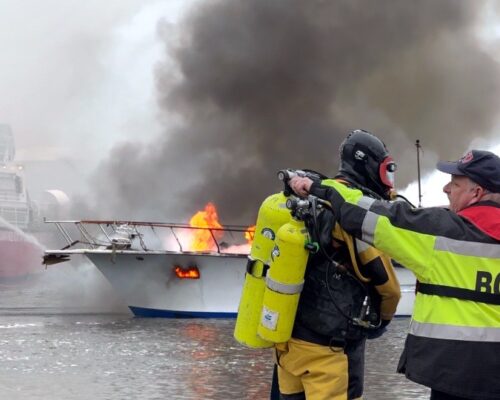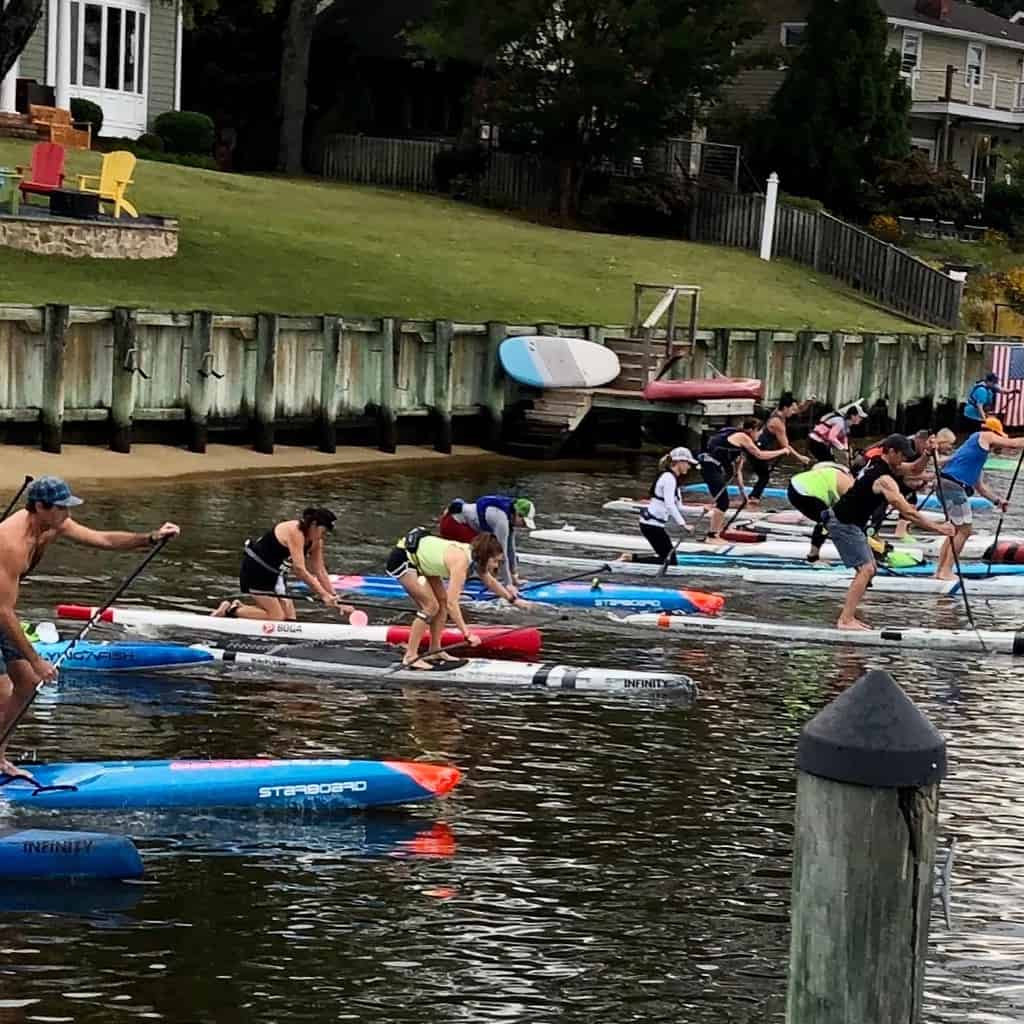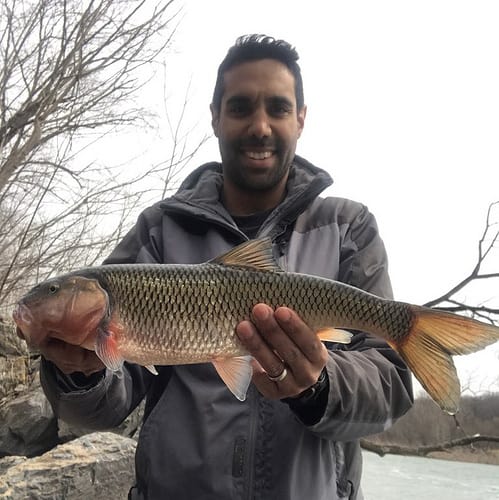They are two of the most controversial industries in the Chesapeake Bay region: commercial menhaden fishing and offshore wind development. A potential fight for space in the Atlantic Ocean may be brewing between the two.
Ocean Harvesters owns and operates nine large vessels for purse seine fishing, which run a nylon net through the water to scoop up menhaden, a small feeder fish. They also use spotter planes to follow the schools of menhaden up and down the mid-Atlantic coast. The menhaden are harvested exclusively for Omega Protein, a Canadian-owned seafood company running out of Reedville, Virginia. Omega processes the menhaden for fish oil, supplements, and animal feed.
As the federal government continues to expand the offshore wind industry off the mid-Atlantic coast, the U.S. Bureau of Ocean Energy Management (BOEM) has proposed a second offshore wind energy sale in the Central Atlantic Ocean region—in many of the places Ocean Harvesters operates. BOEM asked for public feedback on a 13,476,805-acre possible commercial wind energy site off the coast of New Jersey, Delaware, Maryland, Virginia, and North Carolina. It’s all part of the Biden-Harris administration’s goal of deploying 30 gigawatts of offshore wind energy by 2030.
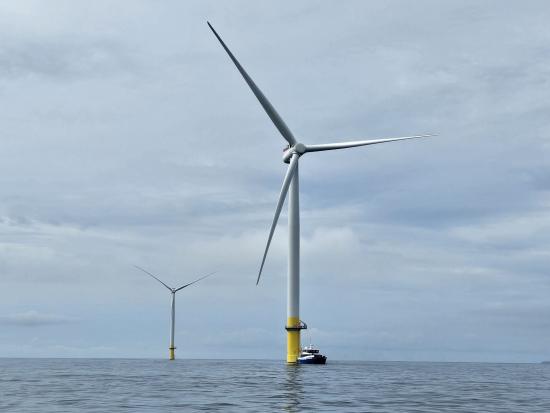
Ocean Harvesters and Omega Protein say wind turbine arrays in some of the proposed areas won’t allow them to do their jobs. In a letter to BOEM, the companies call for a 15-mile buffer from offshore wind development on the Central Atlantic Outer Continental Shelf.
In the letter, they detail how Ocean Harvesters’ fleet of spotter planes must fly as low as 500 feet above the water between the mouth of the Chesapeake Bay and New York. Then, the fishing “mother vessels” approach a school of fish and deploy two 40-foot aluminum “purse boats”, which carry either end of the 1,100-foot net, then the two boats encircle the fish in the net. A pump carries large quantities of menhaden from the net into the hold of the mother vessel.
During this multi-step process, the mother vessel and the purse boats must drift with the tide—with so much net around them, the boats can’t run their engines. Sometimes they drift 2-3 miles. Omega and Ocean Harvesters say they can’t operate safely without a buffer zone.
They point out that the menhaden fishery based in Virginia’s Northern Neck has been operating for over 140 years and makes up a big part of the area’s economy. Nearly 70 percent of the menhaden catch occurs in federal waters. The fishing boats operate as far as 25 miles from shore, but the largest harvest occurs within 15 miles offshore.
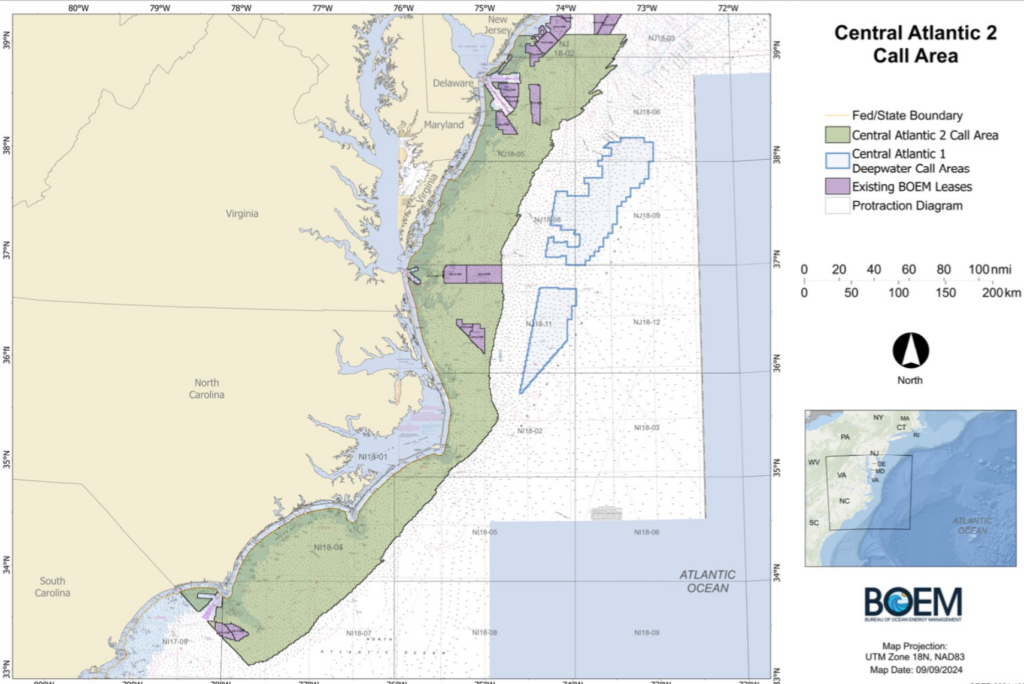
The companies call on BOEM to shift the boundary of the new Central Atlantic lease area from six miles to 15 miles. They argue that the buffer would reduce conflicts with menhaden boats and with other small and large-scale commercial fisheries, too. Near the mouth of the Bay, the Atlantic is congested with shipping lanes, military operations, and recreational traffic, Omega and Ocean Harvesters say.
The companies say they are committed to “working collaboratively with BOEM to find a solution that balances offshore renewable energy development with the preservation of vital commercial fisheries.”
With the public comment period now closed for the proposed location, BOEM must now consider the comments, Tribal consultations, and identify draft wind energy areas. Those areas will be reviewed by federal agencies, Tribes, state and local governments. Only then can BOEM propose a competitive lease sale.
This newer Central Atlantic lease area follows the Central Atlantic region’s first successful sale back in August. The government announced $92.65 million in winning bids for two areas located across Delaware, Maryland and Virginia.

